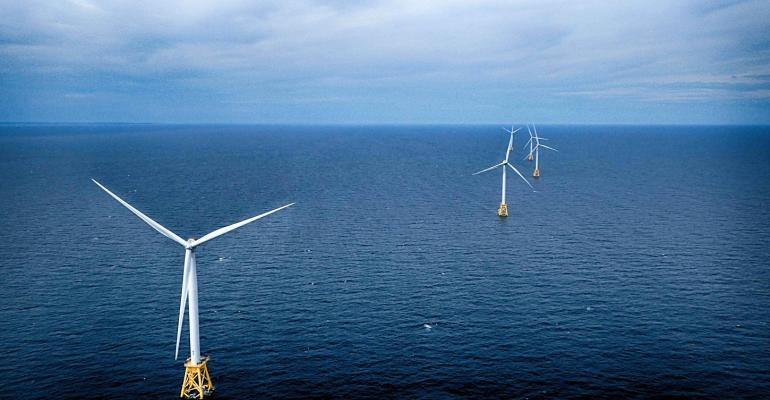According to analysis from a consultancy Intelatus Global Partners, the US Government and federal agencies are resolute in their support for the offshore wind sector, despite a series of recent setbacks. Offshore wind leasing is being prioritised over oil and gas development, the firm disclosed and is sticking by its forecast that more than 70 projects will install close to 87GW of capacity by 2040.
The conclusions are important for the designers, owners, builders, and bankers of offshore wind support ships. Many are subject to the Jones Act, requiring vessels to be built in US yards, fly the US flag and be manned by US seafarers. The few vessels that are already under construction are running late and significantly over-budget, according to sources. In fact, some predict that access to such vessels in the future could itself become a constraint on the sector.
Intelatus’ upbeat analysis follows a series of recent setbacks. The Bureau of Ocean Energy Management’s most recent auction of acreage off Louisiana in the Gulf of Mexico drew virtually no interest. Admittedly, the region is not particularly appealing in a wind power context, with relatively poor wind conditions and a significant hurricane risk. But the rapidly changing financial backdrop is probably the main reason, say experts – surging inflation, high interest rates, and long lead times owing to supply chain issues.
Contracts have also been cancelled recently by Commonwealth Wind, Park City Wind, and SouthCoast Wind because developers have failed to finance their projects, Intelatus noted. However, the fact these projects will be bid into ongoing procurement processes by Connecticut, Massachusetts, and Rhode Island, is a signal that pragmatism is the order of the day, the research firm said.
Meanwhile, federal agencies are preparing plans for the auction of three shallow water central Atlantic sites capable of supporting 4.3-8.2GW of capacity and two sites in deeper water off the coast of Oregon for auction in 2024. The current federal permitting process encompasses over 1,400 turbines and 21GW of project capacity, three quarters of which is expected to be permitted before the end of 2024 and 12GW of which has secured state offtakes, Intelatus said.
The 87GW of forecast capacity is likely to require capital investment of about $270 billion, recurring annual operations and maintenance spending of $8.6 billion once delivered, according to the consultancy.
Copyright © 2024. All rights reserved. Seatrade, a trading name of Informa Markets (UK) Limited.
Add Seatrade Maritime News to your Google News feed.  |

